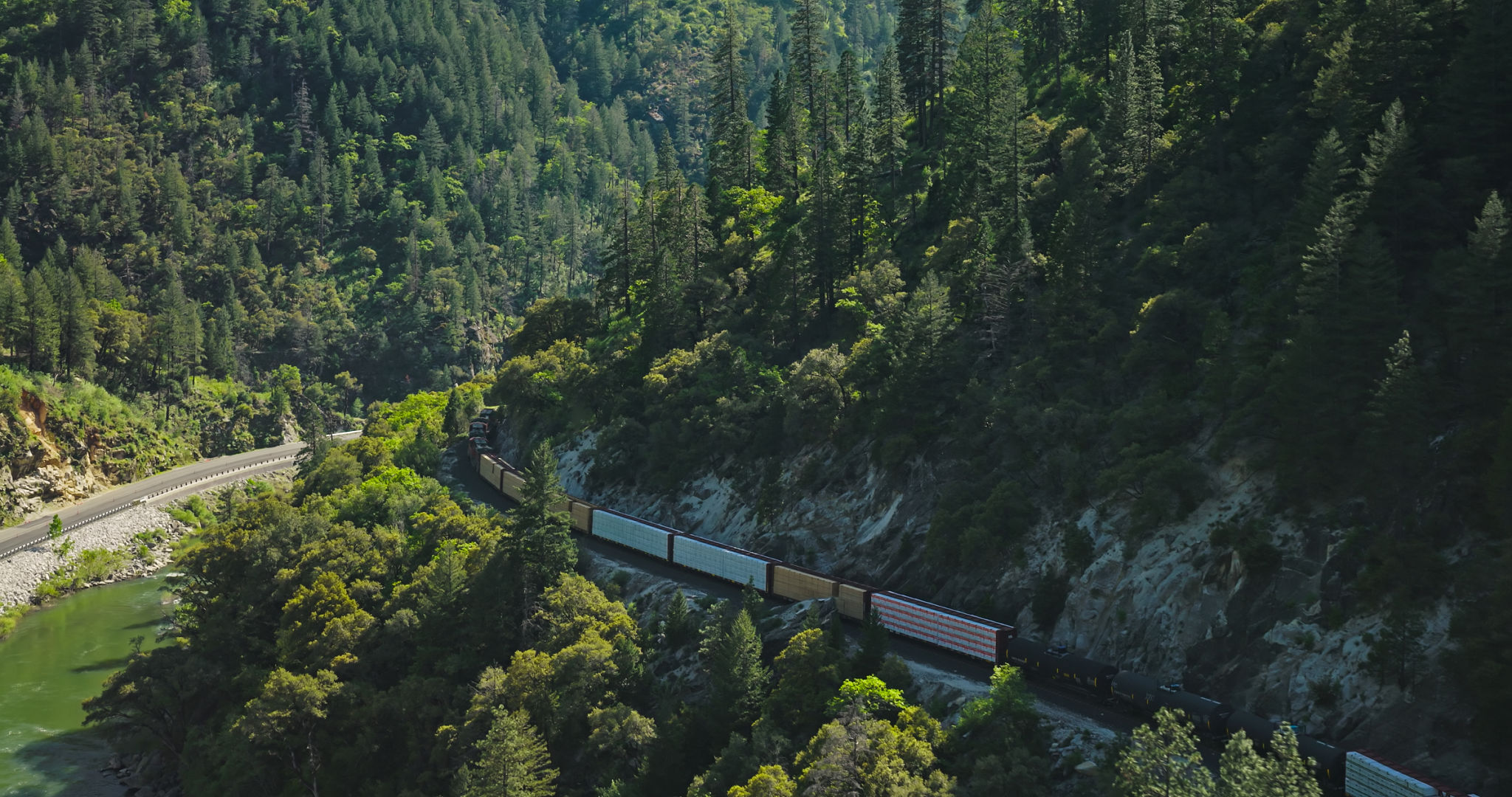Logistics Coordination in Helena: Navigating Local Challenges and Opportunities
T4
Understanding Logistics Coordination in Helena
Helena, the vibrant capital city of Montana, presents unique opportunities and challenges for logistics coordination. Nestled in the heart of the Rocky Mountains, this city is a hub for various industries, including mining, agriculture, and tourism. However, navigating the logistics landscape in Helena requires a keen understanding of local dynamics and a strategic approach to overcome potential hurdles.
The city's mountainous terrain and seasonal weather variations can significantly impact transportation routes and schedules. Additionally, Helena's growing population and economic activities necessitate efficient logistics solutions to meet increasing demands. Professionals in the field must be adept at anticipating these challenges and adapting their strategies accordingly.

Key Challenges in Helena's Logistics Sector
Geographical and Weather Considerations
One of the primary challenges in Helena's logistics coordination is its geographical location. The mountainous landscape can inhibit certain transportation modes, especially during adverse weather conditions. Snow and ice in winter months can lead to road closures, requiring logistics providers to have contingency plans in place.
Furthermore, the remote nature of some areas around Helena can complicate delivery schedules and increase transportation costs. Optimizing routes for efficiency while considering these factors is crucial for successful logistics operations in the region.
Infrastructure Limitations
Another significant challenge is the infrastructure limitations that can constrain logistics activities. While Helena has been making strides in improving its infrastructure, certain areas still face connectivity issues. Limited rail access and airport facilities can pose additional hurdles for logistics providers.

Opportunities for Growth and Innovation
Leveraging Technology
Despite these challenges, Helena's logistics sector is ripe with opportunities for growth and innovation. One such opportunity lies in leveraging technology to enhance coordination and efficiency. Implementing advanced software solutions for route optimization, inventory management, and real-time tracking can significantly improve logistics operations.
Moreover, adopting sustainable practices and green logistics solutions can not only reduce environmental impact but also appeal to increasingly eco-conscious consumers. Innovations such as electric vehicles and renewable energy-powered warehouses are gaining traction in the industry.

Collaboration and Community Engagement
Another avenue for growth is through collaboration and community engagement. By fostering partnerships with local businesses and government entities, logistics providers can better understand regional needs and tailor their services accordingly. This collaborative approach can lead to more efficient supply chains and enhanced customer satisfaction.
Furthermore, engaging with the community can help logistics companies build trust and strengthen their reputation. Hosting workshops, participating in local events, and supporting community initiatives can create goodwill and open new business opportunities.
The Path Forward for Logistics in Helena
The future of logistics coordination in Helena lies in the ability to adapt to changing circumstances and embrace innovation. As the city continues to grow and evolve, logistics providers must remain agile and forward-thinking to meet the demands of tomorrow.
By addressing current challenges head-on and capitalizing on emerging opportunities, Helena's logistics sector can thrive, supporting the city's economic development and enhancing its position as a key player in Montana's economy.
